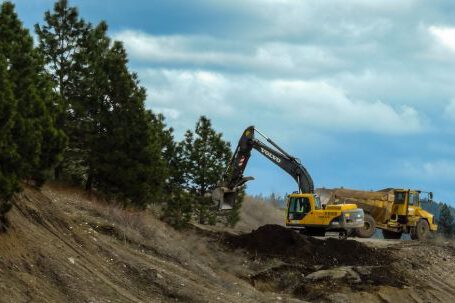Crane operation is a complex yet rewarding activity that requires a combination of physical, mental, and technical proficiency. It’s not something that can be done without the proper training and understanding of the basics. Knowing the fundamentals of crane operation ensures safe and efficient operations, which is why every crane operator must have a thorough grasp of basic crane operating techniques.
1. Pre-operational Check
Before starting any crane operations, operators must perform a series of pre-operation checks to ensure the crane is in proper working order. This includes checking the brakes, hoist, and trolley systems, as well as the lifting and rigging equipment. Operators should also ensure that the load is properly balanced and that it does not exceed the crane’s rated capacity. Additionally, operators should inspect the work area for any potential hazards such as power lines, uneven ground, or obstacles that could interfere with the crane’s movement.
2. Set Up and Take Down
When using a crane, operators must properly set up and take down the crane before and after each use. This includes connecting the crane to its power source, checking the cable length, and ensuring that all of the safety systems are functioning properly. Operators should also check that the outriggers are level and the boom is in the proper position. Once the set up is complete, operators should lock the controls and secure the crane to its base for transportation.
3. Basic Crane Movements
Once the crane is properly set up and ready to use, operators must be familiar with the basic crane movements. This includes understanding how to move the crane horizontally, vertically, and diagonally. Operators should also be familiar with the various crane attachments and how to maneuver them safely and efficiently. Additionally, operators must understand the principles of leverage and how to use it to lift and lower the load without compromising safety.
4. Load Management
Operators must also be aware of how to safely manage the load when using a crane. This includes understanding the types of loads that can be lifted, the center of gravity of the load, and the proper way to secure the load. As the operator is moving the load, they must be aware of their surroundings, such as any obstacles or power lines that could interfere with the crane’s movement. It is also important for the operator to be aware of the load’s weight and center of gravity at all times and to make sure that it does not exceed the crane’s rated capacity.
5. Operating in Windy Conditions
Windy conditions can be dangerous for crane operators, as the wind can cause the crane to sway or the load to shift unexpectedly. To ensure safety, operators must be aware of the wind speed and direction before starting any crane operations. Operators should also make sure that the crane’s outriggers are level and that the load is properly secured. Additionally, the operator should always be aware of the wind speed and direction and adjust operations accordingly.
Conclusion
Knowing the basics of crane operating techniques is essential for safe and efficient operations. Operators must be thoroughly familiar with pre-operation checks, set up and take down procedures, basic crane movements, load management, and operating in windy conditions. With the proper understanding and training, crane operators can ensure a safe and successful operation every time.






